Creating highly functional workspaces is essential for fostering productivity and creativity amongst employees in your office or laboratory. A well-designed workspace not only enhances staff well-being but also significantly impacts business success by streamlining workflows and improving efficiency. However, amidst various considerations in workspace design, prioritising functionality is crucial. That said, how do you ensure your workspace effectively serves its purpose?
As you know, how a workplace is designed is not merely a matter of aesthetics, as it profoundly influences employee productivity and wellbeing. From optimising productivity through thoughtful layout and amenities to nurturing mental and physical wellbeing, workplace design is pivotal in shaping the daily experiences and outcomes of its occupants.
A well-designed workspace can optimise the layout, lighting, and ergonomics to enhance workflow efficiency. By incorporating collaborative spaces, quiet areas, and ergonomic furniture, employees can perform tasks more comfortably and efficiently. Furthermore, thoughtful design elements such as natural light, indoor plants, and vibrant colours can boost mood and energy levels, further contributing to increased productivity throughout the workday.
Poorly designed work environments with inadequate lighting, ventilation, and noise control can lead to increased stress levels and decreased concentration. Conversely, well-designed workspaces that prioritise factors such as natural light, proper ventilation, and ergonomic furniture promote better mental health and minimise the risk of physical ailments such as back pain and eye strain. Therefore, by creating a supportive and healthy work environment, you can improve employee satisfaction, retention, and overall organisational performance.
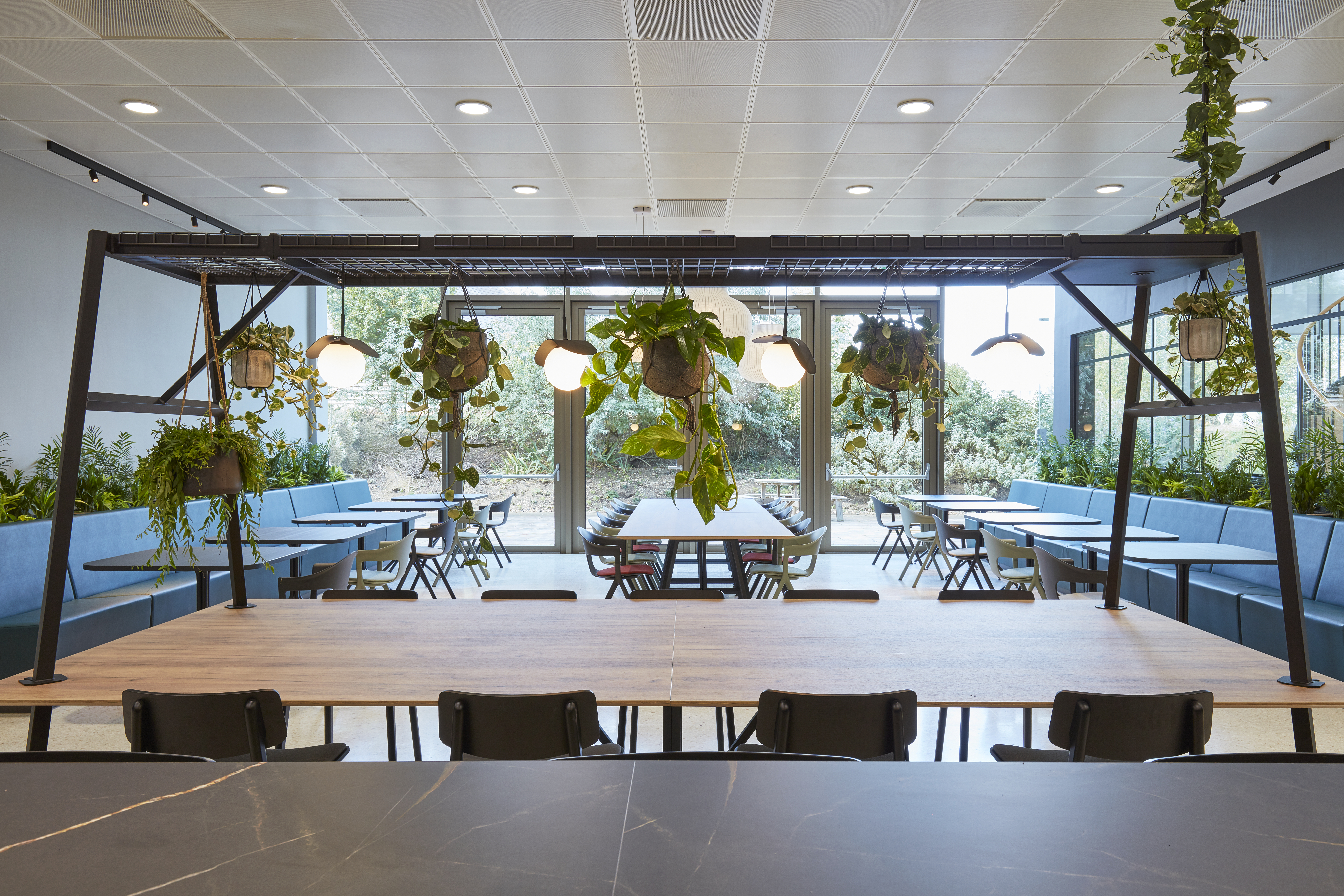
A highly functional workplace comprises vital elements that work seamlessly together to create an environment conducive to productivity, collaboration, and employee wellbeing. Understanding and implementing these elements are crucial to creating work environments that support and inspire your employees to excel.
Modern workplace design prioritises flexibility and adaptability to accommodate evolving needs and preferences. Flexible layouts, modular furniture, and movable partitions enable organisations to reconfigure spaces quickly to support different work activities and team dynamics. By fostering a dynamic environment that can easily adapt to changing demands, you can pave the way for innovation, collaboration, and efficiency amongst your employees.
Ergonomics is a critical aspect of designing a workspace that promotes employee health and well-being. Ergonomic furniture supports proper posture and reduces the risk of musculoskeletal disorders. Furthermore, incorporating ergonomic principles into the design of workstations and equipment helps minimise physical strain and fatigue, leading to increased comfort and productivity.
Effective collaboration is essential for driving innovation and problem-solving. Modern workspace design includes dedicated collaboration spaces that facilitate teamwork, brainstorming, and idea exchange. These spaces may range from informal lounges and breakout areas to formal meeting rooms equipped with technology for seamless communication and collaboration.
In today’s digital age, technology plays a central role in how we work and communicate with others. Modern workplace design integrates technology seamlessly to support the needs of employees working in the office and in hybrid roles and to enhance collaboration and productivity. Video conferencing capability, wireless connectivity and interactive digital displays are all now essential audio visual considerations for any company enhancing their workspace. Leveraging technology effectively allows you to empower employees to work more efficiently and collaborate seamlessly across geographies and time zones.
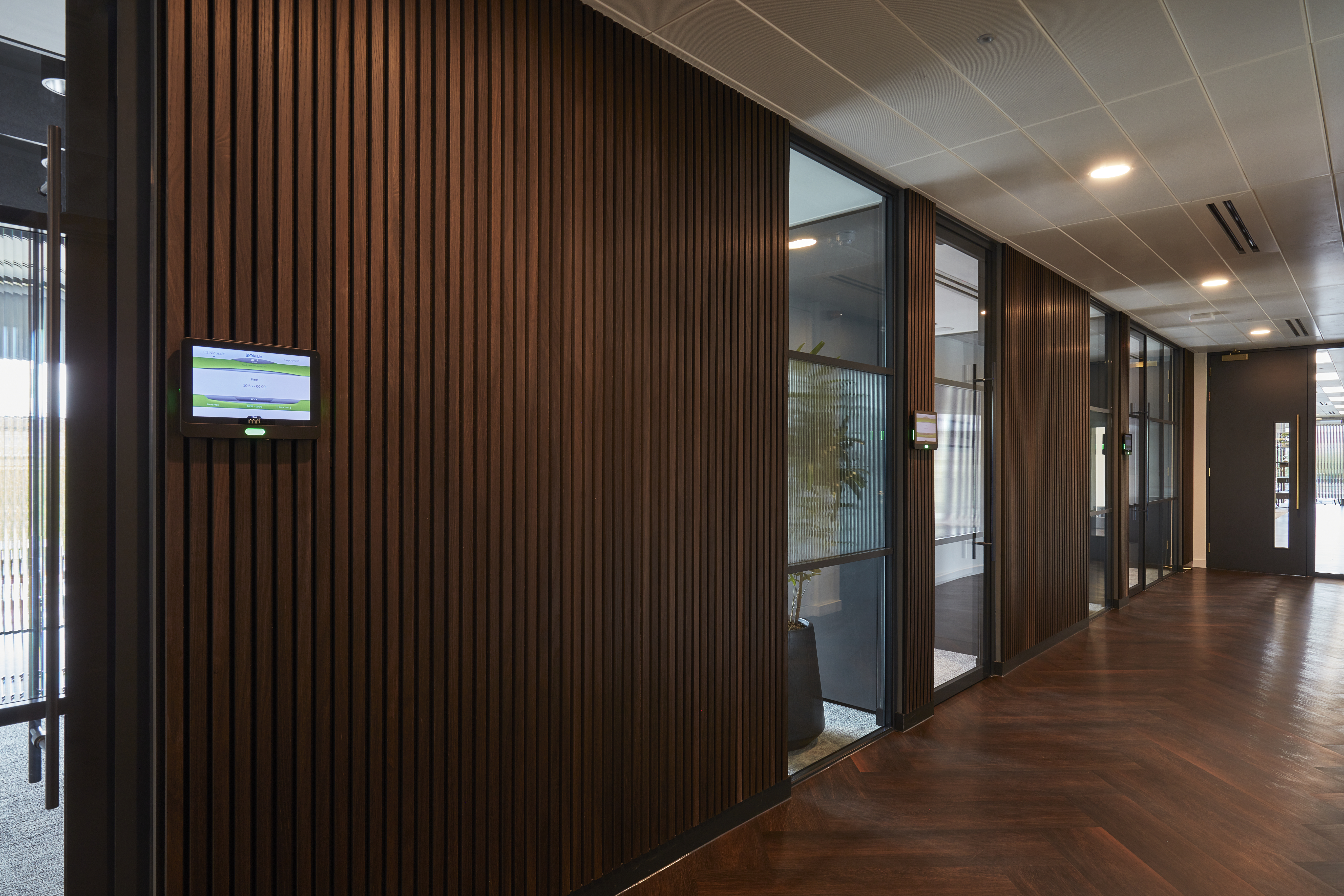
Whether you are re-designing your office or lab, moving premises, or building a new fit-for-purpose home for your company, implementing the following strategies can go a long way towards creating a highly functional and conducive work environment.
Engaging employees in the design process is crucial for creating workspaces that meet their needs and preferences. Gathering feedback through surveys, focus groups, or one-on-one interviews can help you understand how your staff works and what features they value most in their workspace. By incorporating your staff’s input into the design process, you can ensure the final design aligns with their needs and expectations.
Rather than adopting a one-size-fits-all approach, you should consider customising office design based on the specific needs and preferences of different teams and individuals. This may involve creating different types of work areas to accommodate varying work styles, such as quiet zones for focused work and collaborative spaces for group discussions. Tailoring the workspace to meet the unique requirements of its users enables you to optimise functionality and support employee productivity.
Studies show there is a relationship between poor ergonomics and workplace injuries. As such, consider providing employees with furniture that can be easily adjusted to their preferred height and posture to help reduce the risk of musculoskeletal disorders and discomfort. Adjustable furniture also allows your team to customise their workspace to suit their individual needs, promoting comfort and productivity throughout the workday.
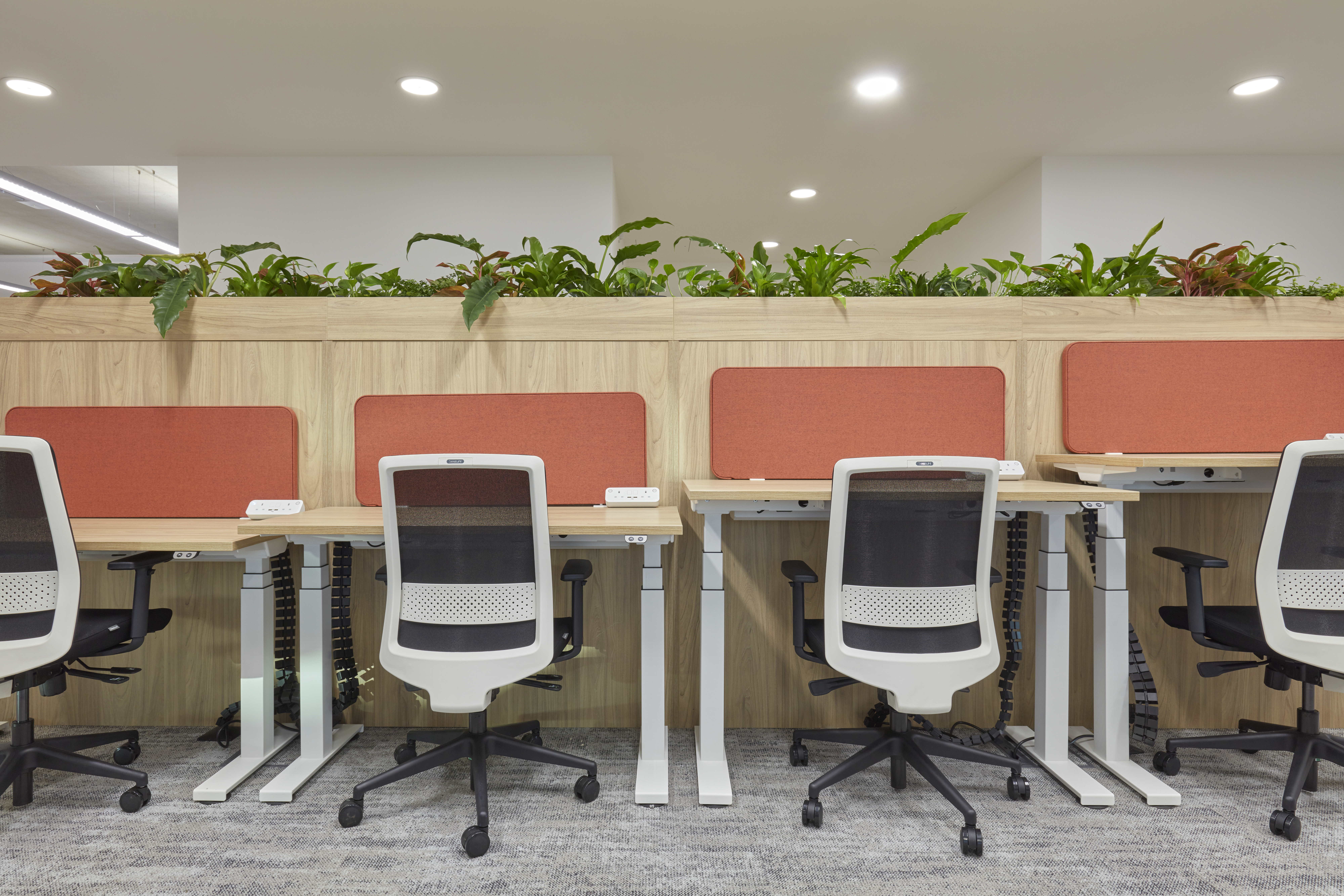
Offering a variety of workspaces within the office allows your team to choose the environment best suited to their tasks and preferences. This may include open-plan workstations, private offices, informal lounge areas, and collaborative meeting rooms. By providing multiple workspaces, you can accommodate different work styles and foster collaboration and creativity.
Project Focus: Mishcon De Reya
Mishcon de Reya, a leading independent law firm in Cambridge, partnered with COEL to address their vital need for privacy while managing sensitive information. In response to this, our team carefully designed two distinct zones tailored to meet the unique needs of both staff and clients. In the client area, we created diverse meeting spaces that include traditional meeting rooms, acoustic pods and high-backed booths, complemented by a welcoming client lounge that gives visitors a taste of comfort and luxury. In the staff area, we integrated a multi-purpose wellness room into the office’s high-end design, providing a range of amenities to support employee wellbeing and ensure a comfortable and productive work environment.

Excessive noise is often a source of distraction in the workplace, impacting employee focus and productivity. Installing acoustic panels and other sound-absorbing materials can help minimise noise disruptions and create a quieter and more conducive work environment. Reducing noise levels allows you to support employee concentration and enhance overall productivity, especially amongst neuro-diverse individuals.
Incorporating biophilic design elements into the workspace, such as indoor plants and large windows, can help create a connection to nature and improve mood and cognitive function. In addition, maximising natural light and providing adjustable lighting options can help regulate circadian rhythms and enhance employee alertness and performance.
Project Focus: Transition Bio
Transition Bio, a highly successful Central Cambridge biotech company, sought COEL’s expertise to help address their rapid expansion and need for larger laboratory facilities. As part of the project, our team incorporated organic and biophilic elements into the lab’s interior design, connecting the space with its tree-filled surroundings. Plants and greenery were strategically placed throughout to complement the lab’s new light timber cladding, bring nature indoors and promote a sense of wellbeing amongst its occupants.
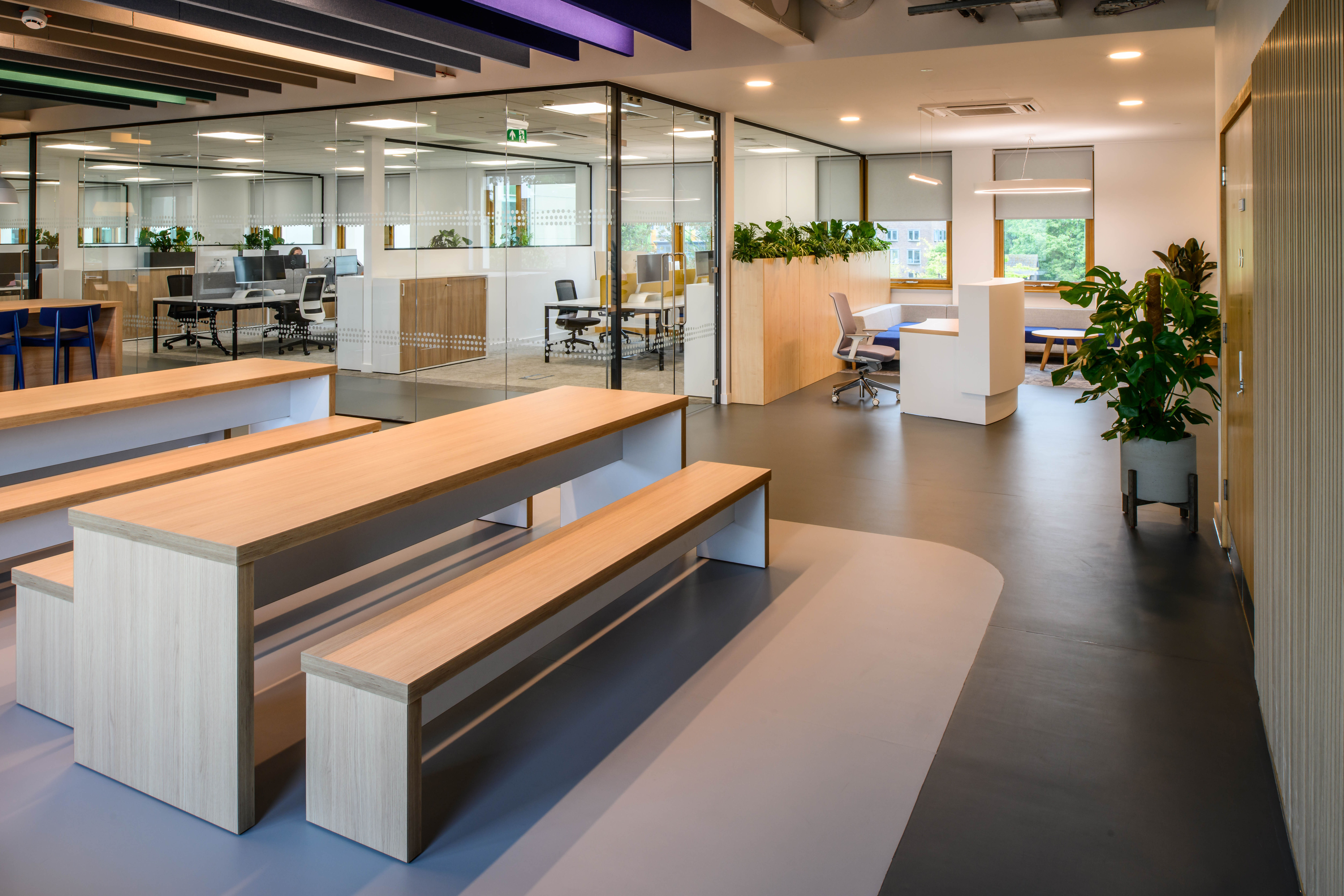
A cluttered workspace can impede productivity and create unnecessary stress for employees. For this reason, implementing strategies to keep clutter to a minimum, such as providing ample storage solutions including lockers and encouraging regular decluttering, should be an integral part of your workspace design. By reducing visual distractions and promoting a sense of orderliness, you can create a work environment that supports enhanced employee focus and productivity.
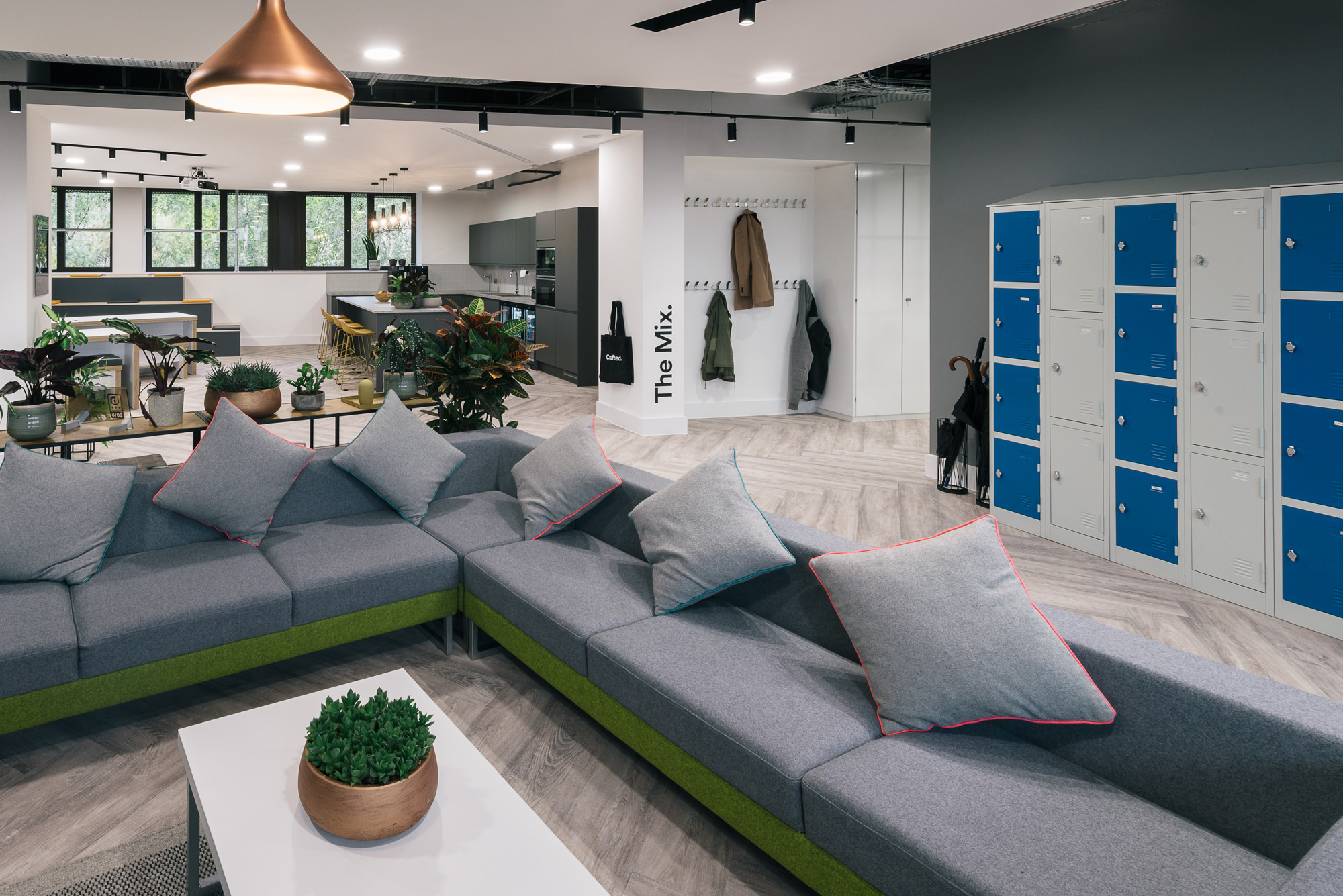
Prioritising functionality in workplace design is vital to enhancing overall productivity and employee well-being. By implementing the necessary strategies, you can cultivate environments that optimise performance and support employee satisfaction. Striving for functionality ensures that workspaces effectively serve their purpose, fostering success and growth for both your staff and organisation.
At COEL, we’re committed to providing tailored solutions to help you create highly functional work environments. Drawing on our 30+ years of industry experience, we can help you to optimise productivity through the design and build of your new office or lab.
Get in touch to discuss your needs.